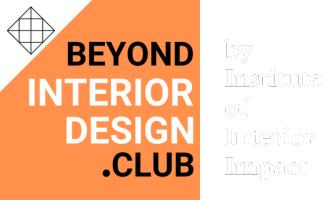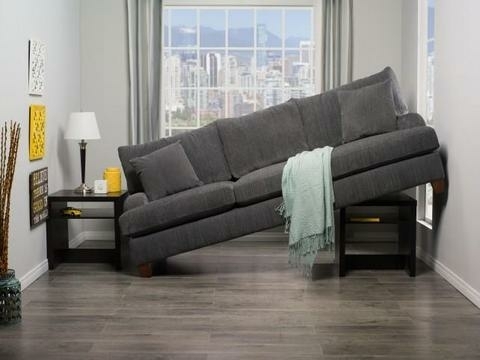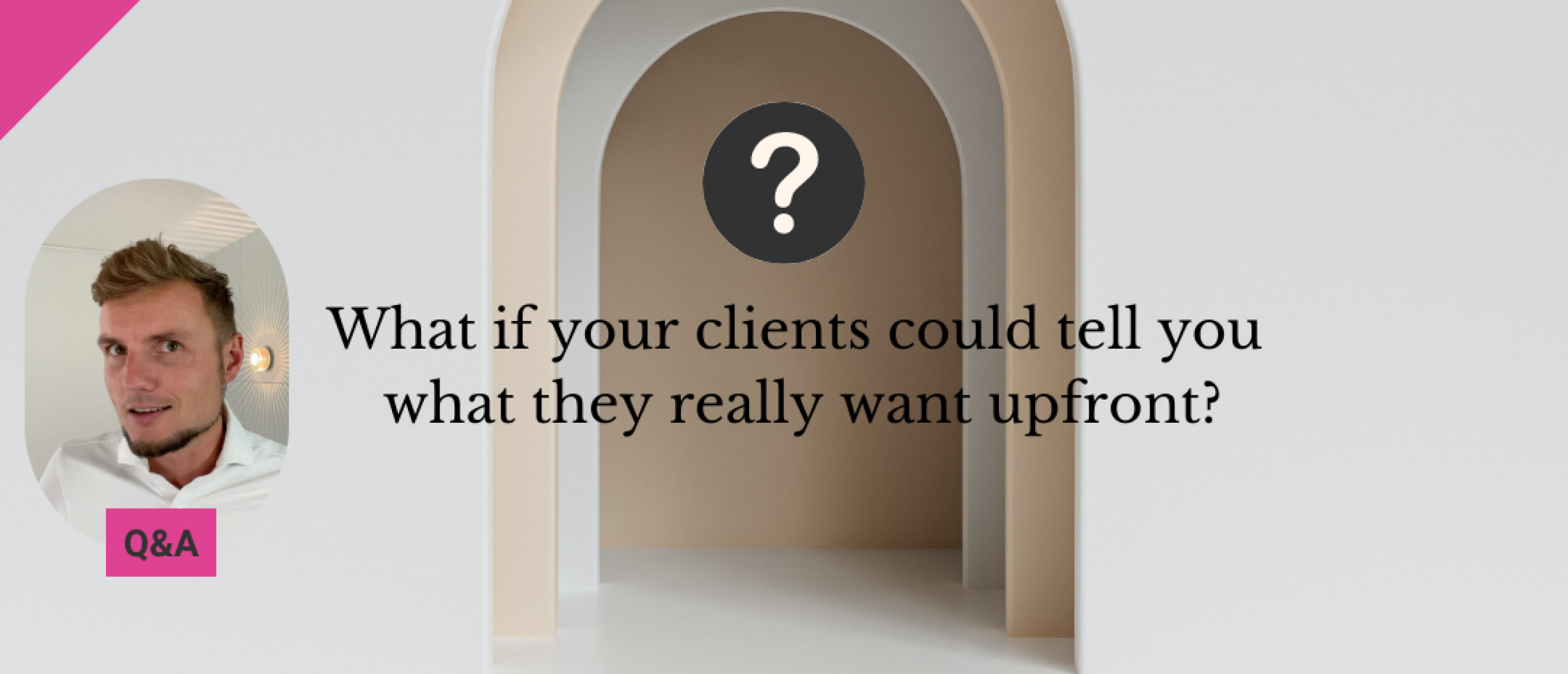You know what Heaven Eleven means?
It means Freedom to me. Creative freedom in my interior designs. Because it helps my clients understand my design decisions, so they won't bother me with questions and marks in my designs.
Heaven Eleven are plain and simple 'design principles' that explain our clients why I do what I do. These design principles are so easy for my clients to understand that they actually start to help me instead of questioning me.
But maybe you're wondering: "but Sven, don't these design principles get in the way of yourself?"
That question makes sense. I'll explain to you in a bit that they're actually not. And remember, right now clients get in the way of your creative freedom.
These design principles are so basic to you that they are like your inner physical laws. But not for your clients. They haven't studied our profession, so we need to tell them the basics in a very easy way.
Our creative talent is part of our DNA, right? We ARE interior design. We BREATHE interior design. We LIVE by it. But how on earth does that work? Gut feeling? Intuition? It may feel like that, but the truth is you're actually using a set of 'hidden game rules' when you design. But they are so baked into how we design that we barely notice them.
That is why it feels like intuition.
When Marc and I discovered this, while looking back at our projects we found out there were eleven clear design principles in every single project. This does NOT mean all of our projects look the same. Actually the opposite is true.
Now that we discovered our designer game rules, we can now clearly explain to our clients WHY we make certain design choices. The great thing is, we can now fall back on it. Before, during and even after the design process (remember those clients that 'didn't follow all of your advices'?).
I'll head off and explain ours. Let me know in the comments what yours could be.
Heaven Eleven Rule no. 1: Few and Large
A big mistake made by many people is choosing furniture that is too small for the space. You know that. Strange as it may sound to them, even small interiors seem larger with large furnishing elements. Large is always impressive and gives more peace of mind. If you have a spacious interior, don't clutter it up to show what fits in it. It is precisely by keeping a large space simple and sleek that the space comes into its own. We communicate this rule as the first rule, just to get this out of the mind of our clients.
Designers Rule no. 2: Same Color in Different Materials
This may be one you're not actively using, but it works very well in our designs. Perhaps the biggest design secret to our clients is using the same colors in different materials. No matter how outspoken an interior is, this design rule always ensures unity. For example, a hard gray concrete floor can look cold, but in the right combination with other gray soft materials, you will create a very pleasant atmosphere.
Interior Design Rule no.3: Logistics
This is one I personally find very important. I believe an interior design only works in the long run when it's usable, practical.
In our designs we make sure there is enough room to move around, that things are stored where they make sense and you don't have to walk up and down to the fridge while cooking. Neither do we let furniture get in the way of the passageway.
Therefore we make the paths spacious and logical and keep the main routes at least 1 meter, but preferrably 1 meter 20, wide for a generous appearance. You should be able to walk from side of the room to the other side in a close to straight line.
Rule no. 4: Styleless
What? Huh? Yep. We do not have a fixed style. Whether our clients like traditional, classic interiors or a tranquil minimalistic home. For us this is what makes our profession so interesting and different every single time. It's not [Cmd-C] [Cmd-V]. It's about our clients. Their style. Their lifestyle. They are our starting point. That is where we get our inspiration from. Otherwise, we believe, each design would be a copy of the previous one.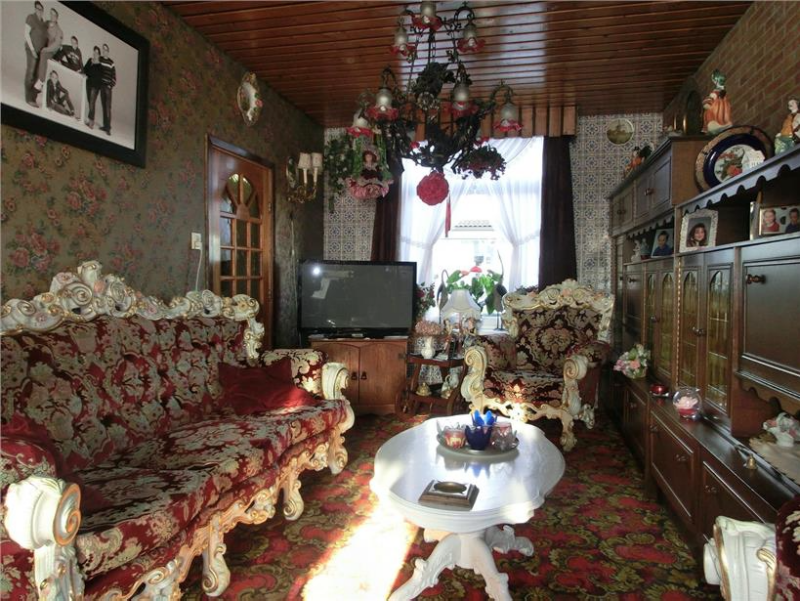
No, this is not something we actually designed
Design Rule no. 5: Flexibility
With the right layout, you can show the most beautiful elements of an interior. This is possible every season different and may change over time. For example, you may want to sit by the fireplace in the winter, but enjoy the view in the spring. You are not only designing a house, but also lives at the same time. These lives are ever changing. That is why an interior design must be flexible and able to move along with the changing lives of our clients. You want them to evolve in a lasting beautiful interior, right?
Heaven Eleven design rule no. 6: Lazy and Tidy
Makes you frown? But isn't this what we all want? An uncluttered life without having to work on that?
Imagine never having to search for your phone charger ever again... This calls for the most creative solutions, right? Only when a good inventory has been made of which items our clients have or want to have, smart storage options ensure an automatically tidy house. We always design for lazy people, whether they are or aren't.
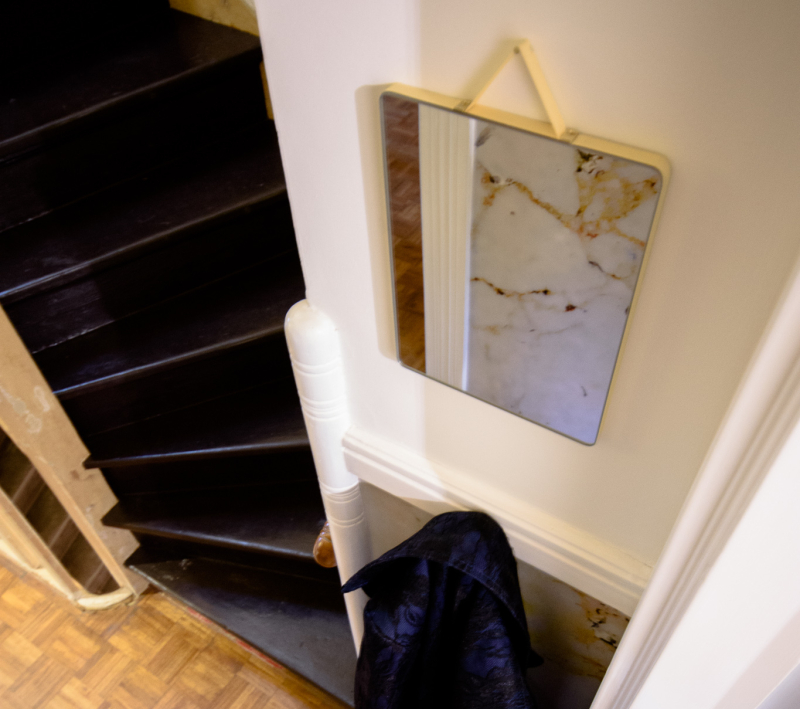
Another one: Functionality in Interior Design
This one has a bit of an overlap with rules 3, 5 and 6, but is a bit different (and it tells our clients we really committed to this, as they believe most creatives only care about beauty).
What good is a nice house if it doesn't work for you? Your house should be at your service. Everything you need must be within reach at the right time. Whether it's your shopping bag when you go to the supermarket, the mail when you have to file it. But also think about the choice of the right materials. They must be able to take a beating and also offer comfort.
Rule no. 8: Our Primal Feeling or 6th sense
Being able to feel at home somewhere is based on primal feelings, memories and associations. You feel somewhere at home or you don't, right?
It can be a small adjustment in the layout, which triggers your primal feeling. For example, you don't want to lie with your back to the entrance of your cave. Or you may have collected things around you that are important to you, of which you have beautiful memories. You determine what is beautiful and valuable, not someone else. This way you ensure your own safe, trusted environment.
Interior Design rule no. 9: Across Time
There is no such thing as a timeless interior. Design goes through time. You don't just design your house but also your life at the same time. This life one is constantly changing. That does not mean that your interior has to be trendy, but there will always be a piece of the zeitgeist in your home. It may not be visible now, but it will be with hindsight in a decade.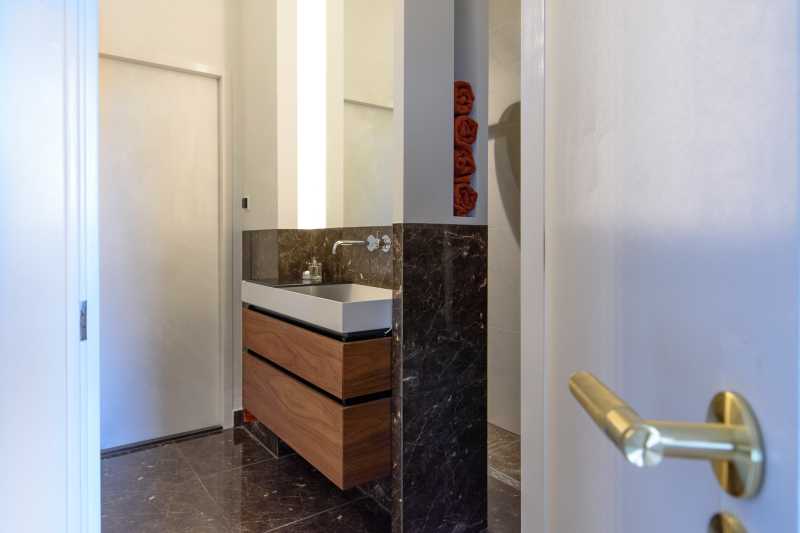
No. 10: Use of existing items in our interior designs
By surrounding yourself with precious items, you make your home highly personal. Apart from sustainability, we'd like to design with existing interior items. Not everything needs to be updated, unless you just like the feeling of new. We evaluate, improve, are able to make you fall in love with your old stuff again.
And finally, interior design rule no. 11: From Makeshift to WOW Factor
Everyone has something in their interior that they would rather not have had. Whether it is a ceiling that changes in height or a floor that does not flow smoothly. It could also be a chimney or column that is incorrectly aligned. You know as a designer that these makeshifts could be concealed, but what if you can make them actually become the wow factor for your clients new interior?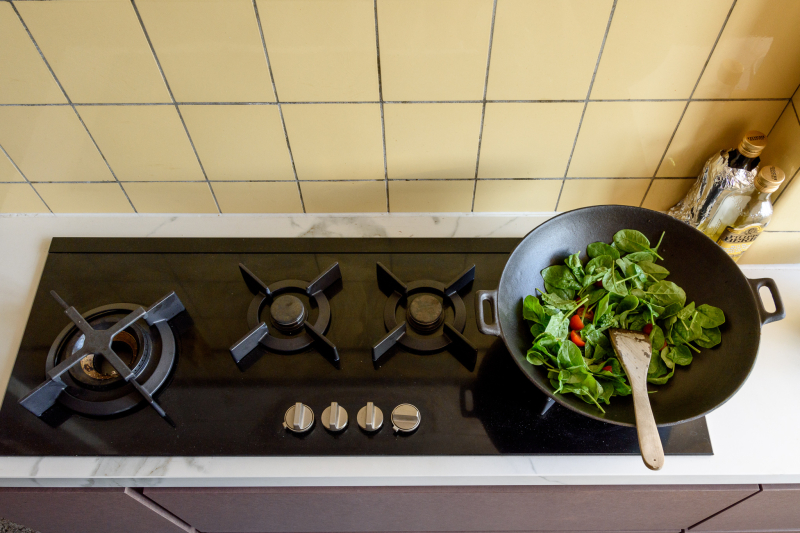
The narrow kitchen prevented a full-depth countertop, so we came up with this
